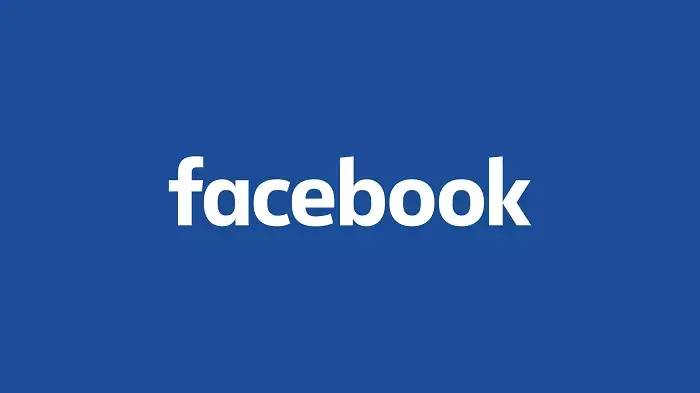In the rapidly evolving world of social media marketing, understanding the nuances of platform algorithms can be the difference between a campaign that flops and one that soars. One often overlooked yet potent factor is the duration of your video ads, particularly on Facebook. While many marketers invest heavily in creating eye-catching content, they tend to neglect how the length of that content influences viewer engagement and ad performance. Shorter videos, typically under 30 seconds, possess an intriguing advantage: they tend to loop more frequently within a given time frame, thereby increasing the exposure of your message. Although this may seem like a trivial technicality on the surface, it actually offers a strategic edge for brands aiming to maximize recall and impact with minimal ad spend.
The core idea lies in Facebook’s looping behavior, which is governed not by the number of ad plays but by the duration of the video itself. Essentially, Facebook’s algorithm automatically repeats short videos multiple times within a 90-second window, creating a seamless viewing experience that encourages repeated exposure—often without additional costs or effort from marketers. This means that a 16-second ad could potentially be played six times, while a 30-second ad might cycle three times. This repetition has the potential to plant your messaging more deeply in viewers’ minds, boosting brand awareness in subtle yet powerful ways.
Understanding the Dynamics of Video Loops and Viewer Engagement
The tendency of shorter videos to loop more frequently is not just an algorithm quirk; it’s an opportunity for marketers to craft more compelling, punchy messages that embed themselves into viewers’ subconscious. When faced with multiple loops of the same message, audiences are more likely to remember your brand, product, or call to action. It’s a form of micro-repetition that subconsciously reinforces your campaign—if viewers don’t scroll past or skip the ad.
However, this strategy carries inherent risks. Repetition can start to become annoying, especially if your content lacks freshness or if your brand’s tone is overly aggressive. Audience fatigue is real, and overexposure to the same ad can lead to negative sentiment or even ad blindness. Therefore, while shorter, highly loopable videos can theoretically increase engagement metrics, they also demand careful creative execution. Crafting concise, impactful messages that deliver value quickly is crucial in ensuring that repetition reinforces rather than alienates your audience.
What’s more, Facebook’s algorithm appears to be smart enough to optimize the number of loops dynamically, sometimes reducing cycles to avoid diminishing returns. This adaptive behavior suggests that Facebook seeks a balance: maximizing exposure without overwhelming viewers. Smart advertisers should leverage this knowledge by designing shorter ads that are compelling enough to be repeatedly viewed, but not so repetitive as to cause viewer irritation.
The Broader Implications for Ad Strategy and Branding
This looping behavior, unique to Facebook’s platform, presents an untapped opportunity for brand building and retention. Short ads that are designed to capitalize on frequent looping can create a continuous stream of brand impressions within a relatively short period. Over time, this persistent presence builds familiarity, which is fundamental to consumer trust and purchase decision-making.
Moreover, the influence of longer videos being less likely to loop emphasizes a critical strategic consideration: longer content should be used for storytelling, detailed product demonstrations, or emotional engagement, while shorter videos excel at rapid-fire messaging that aims for immediate recall. Recognizing this distinction allows marketers to tailor their content based on objectives—whether it’s fostering a deep connection or boosting instant recognition.
It’s also worthy to note that the platform’s behavior is not static. Facebook dynamically adjusts loop counts depending on performance metrics and viewer engagement rates, underlining that optimal ad length and looping are not fixed formulas but variables that need continuous testing and refinement. For marketers willing to experiment and optimize, this flexible environment offers the potential to refine campaigns for superior outcomes.
Final Thoughts: A Tactical Advantage Worth Considering
While drivers like creative quality, targeting precision, and budget allocation remain paramount in social media advertising, understanding technical nuances such as video looping presents an additional dimension of strategic richness. Short video ads are not just concise formats—they’re stealthy workhorses capable of delivering repeated impressions effortlessly, pushing your message repeatedly within the same viewing session.
In an era where attention spans shrink and competition for consumer eyeballs intensifies, leveraging the competitive edge of shorter, loop-friendly content can give you a substantial advantage. It’s a nuanced but powerful tactic—one that encourages marketers to think beyond traditional ad length and focus on maximizing every second of viewer engagement through smart, strategic content design. Embracing this knowledge might just be the key to unlocking higher brand recall, more efficient ad spend, and ultimately, greater marketing success.

